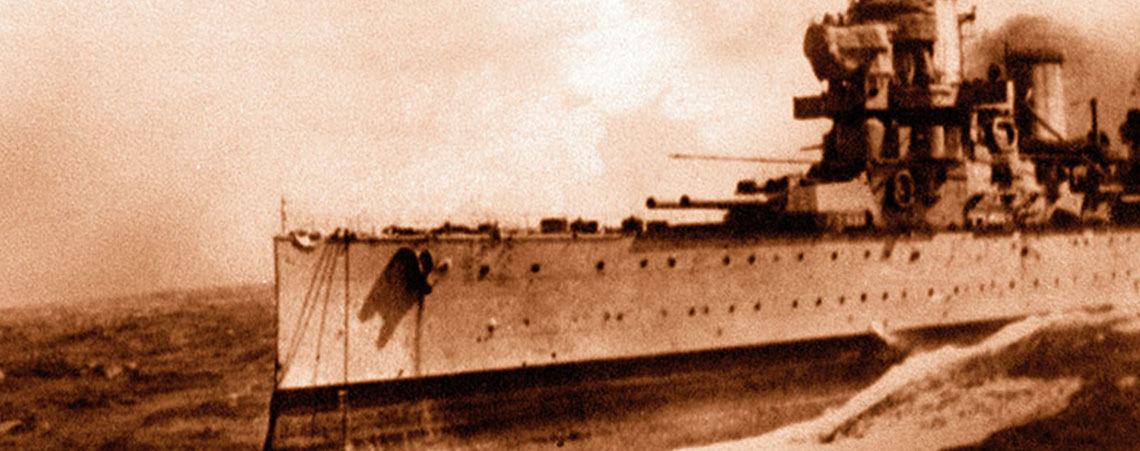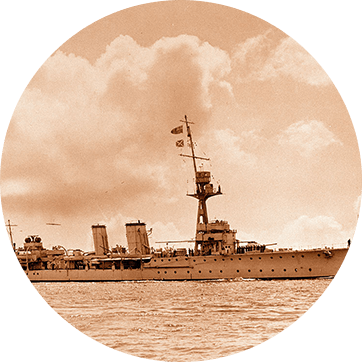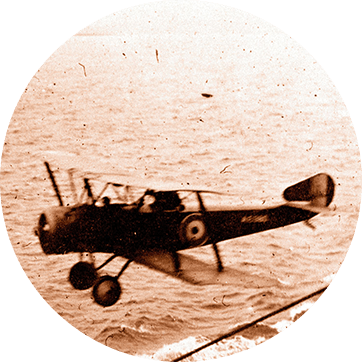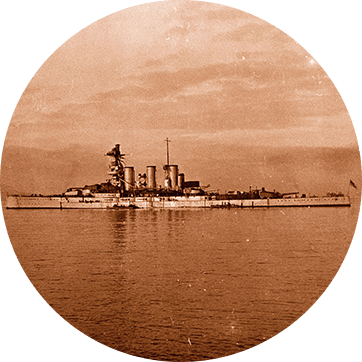Truth Behind Three War Photographs That Changed the World
Apr 24, 2018
The introduction of cameras revolutionised the way in which worldwide conflicts were played out and perceived by the general population. While wars have been documented through oral traditions, paintings and the written word for as long as humanity has existed, the introduction of the camera brought the devastation of war right to into the homes of those who had previously remained distanced to its realities.
Vietcong Execution
The infamous image taken by Associated Press photographer Eddie Adams on the 1st of February 1989 captured the very moment a South Vietnamese police officer executed a Vietcong soldier with his hand gun. This image (which, if studied closely, shows the bullet leaving the soldier’s head) became a worldwide anti-war icon believed to exhibit the aggression of US supported troops on the local Vietnamese population.
Despite winning the 1969 Pulitzer Prize, Adams lived to regret capturing the image thanks to its misconstrued context; the pitied soldier had, on the second day of the infamous Tet Offensive, captained a Vietcong squadron into slaughtering dozens of unarmed, innocent civilians – and showed no remorse. Taken in support of the South Vietnamese resistance, the image was appropriated by American anti-war protestors and played a significant role in their fight for military withdrawal.
1914 Christmas Football
On the evening of the 24th December 1914, British soldiers trapped in damp and dirty trenches saw the faint flicker of light across No Mans Land in the direction of their enemies. They began to spot small fir trees lining the trenches, and heard the distinct sound of Christmas carols travelling over to their territory. While not universal across all of the front line, we know from WWI memoirs that certain locations experienced a period of reciprocal cease-fire across the Christmas holiday, with soldiers from either side emerging from their trenches to meet on No Mans Land.
The image of enemy soldiers engaging in a game of football captivated the world, provided visual WWI memoirs for those involved, and restored a sense of humanity to the dehumanised WWI soldiers. This was not the only activity undertaken during the brief cease-fire; soldiers were able to escape the squalid conditions of the trenches, finally bury their dead on No Mans Land, and exchange gifts with those on the other side of the war.
Commanders feared many would now question the purpose of the war and spawn a mutiny, but the events of Christmas 1914 simply provided WWI soldiers with a few days of humanity, before being once again forced to live a life of destruction and misery– live and let live.
Napalm Girl
Nick Ut, a Vietnamese photographer, captured the iconic image of the Napalm Girl in 1972 as she was fleeing from the bombing of her village by the South Vietnamese army. Once again, this image, taken for the Associated Press, won a Pulitzer Prize for its harrowing portrayal of the destruction caused by the Vietnamese War.
After he’d captured his iconic image, Ut was unable to ignore Kim Phuc’s cries for help – bundled in the back of an AP van, she was driven for more than an hour to the nearest hospital, where she remained for many months undergoing intensive treatment. After being exploited as a propaganda symbol by the Vietnamese communist government, she sought political asylum in Canada in 1992, where she still resides today.
More than 40 years after the distressing image captivated the world, Kim Phuc remains in contact with Nick Ut, and is undergoing laser treatment in Florida to improve the condition of her burnt skin.
Not only have these photographs left us with accessible legacies of past wars, they also played no small part in impacting home-front responses to wars. By encouraging protest or implying false victories, they had a noticeable effect on war-time policy – the camera became the smartest weapon.



